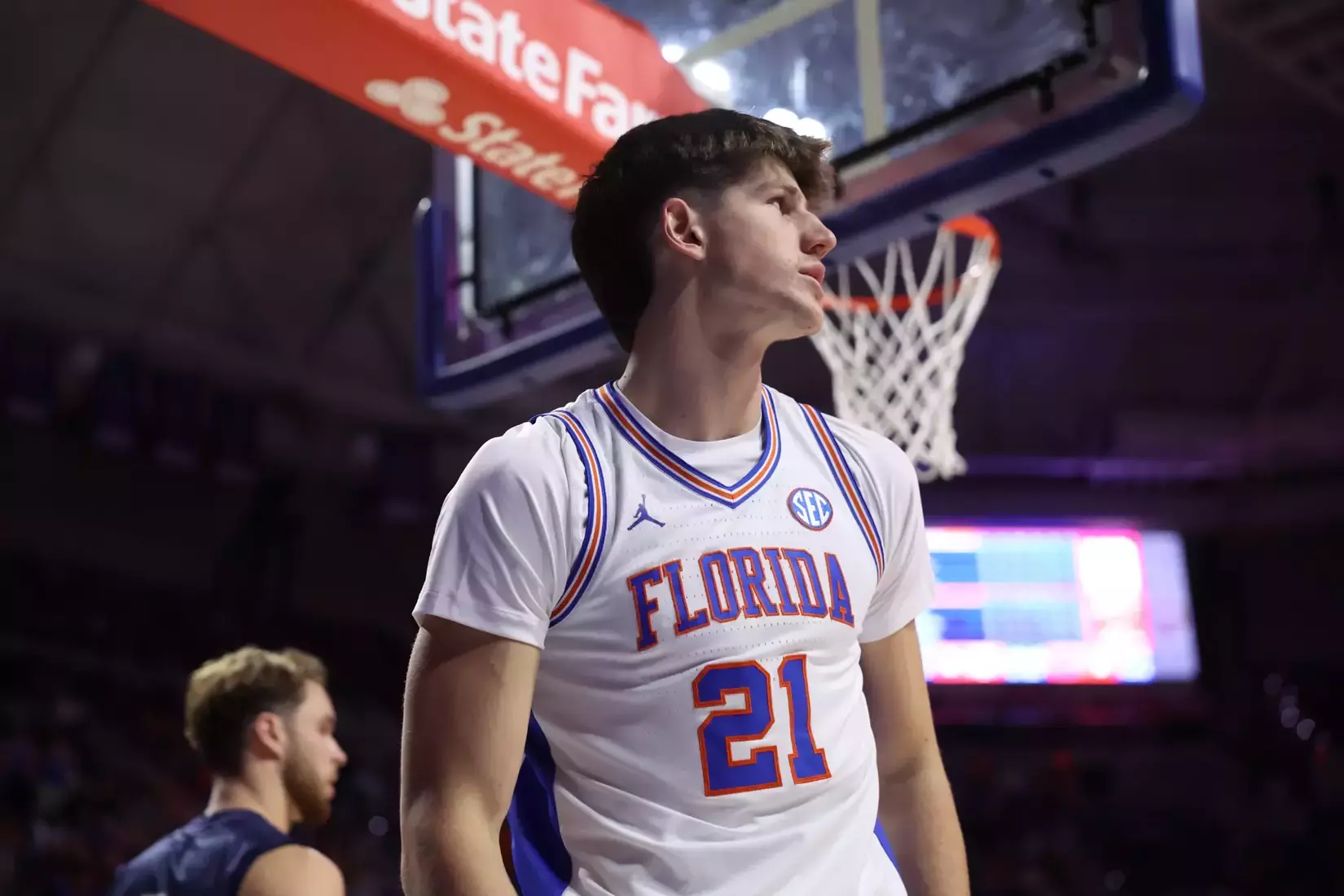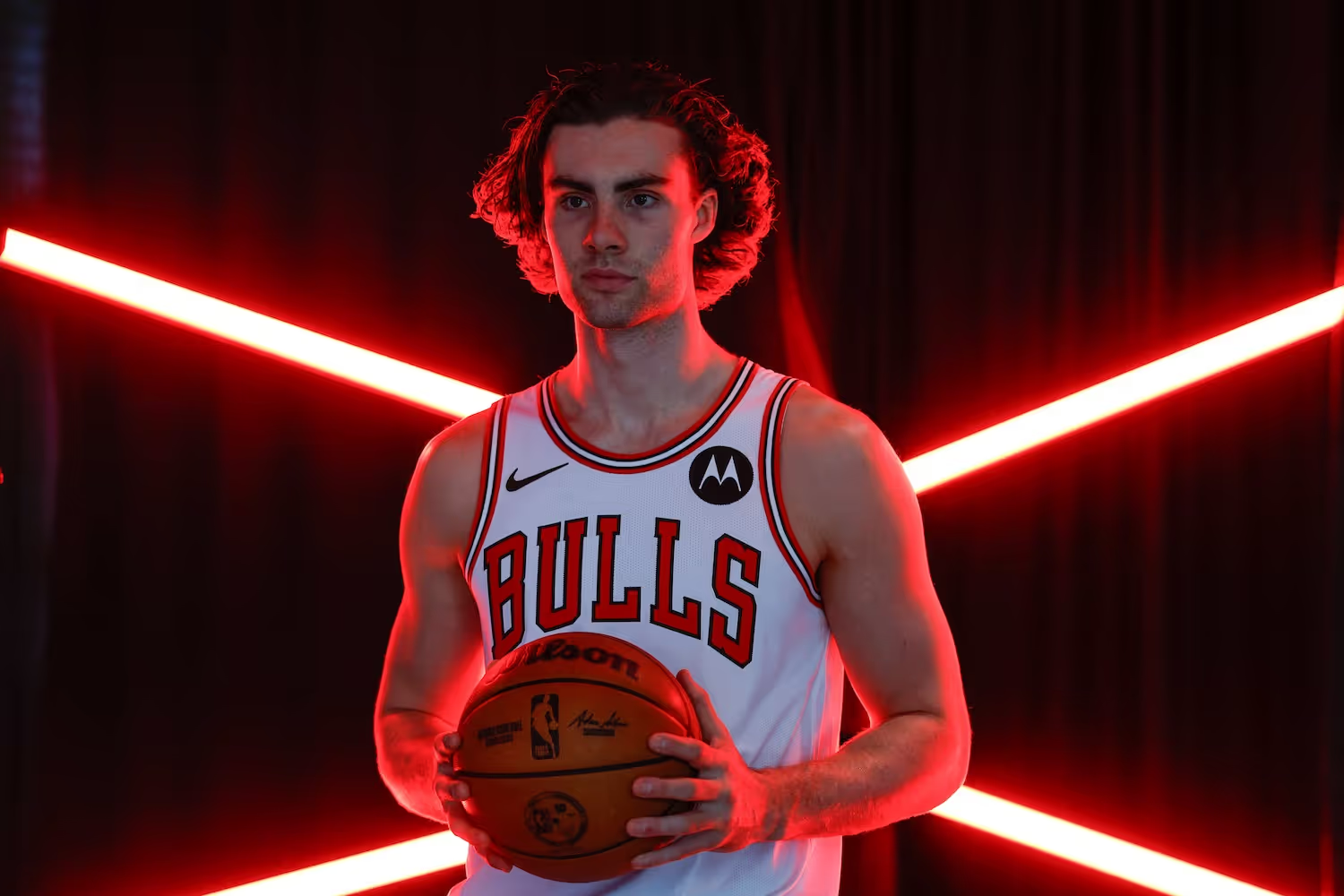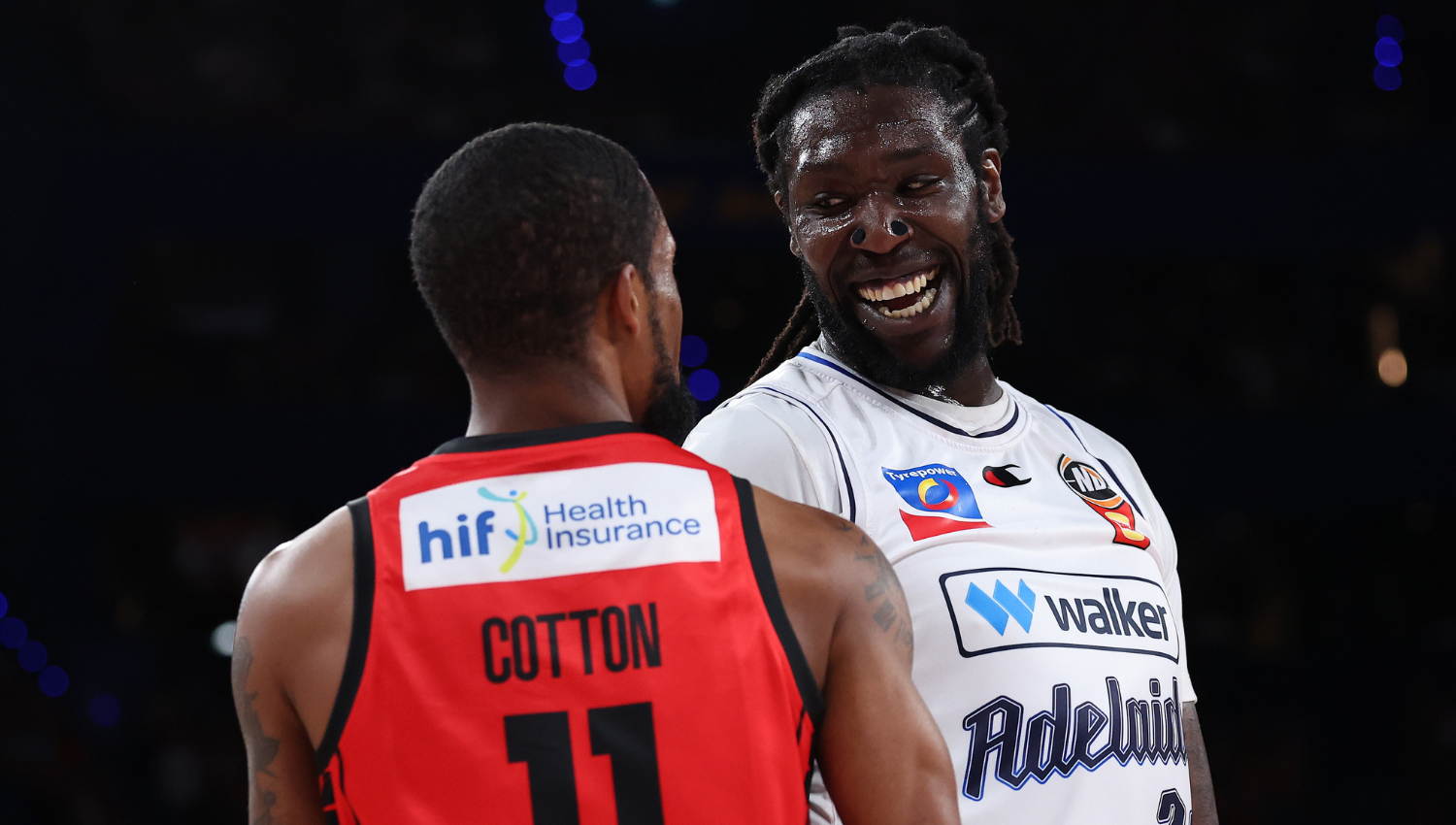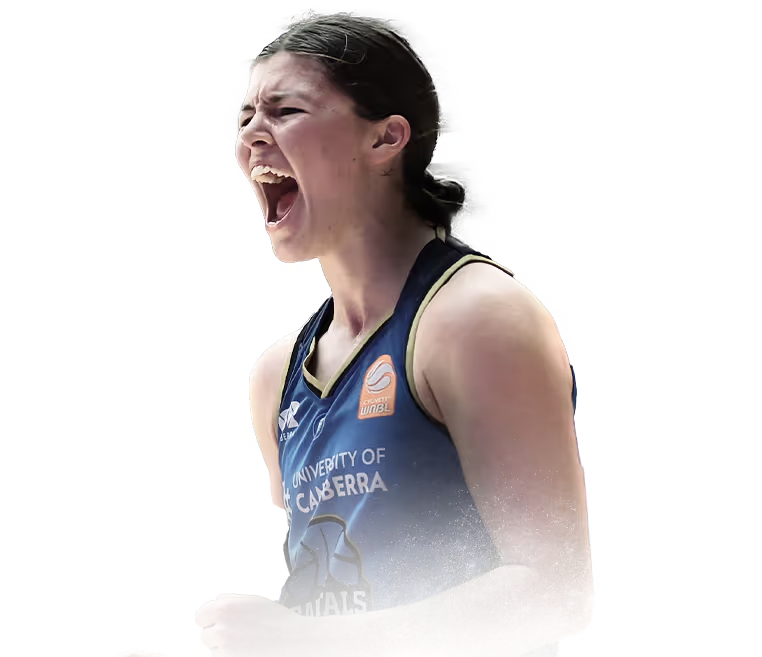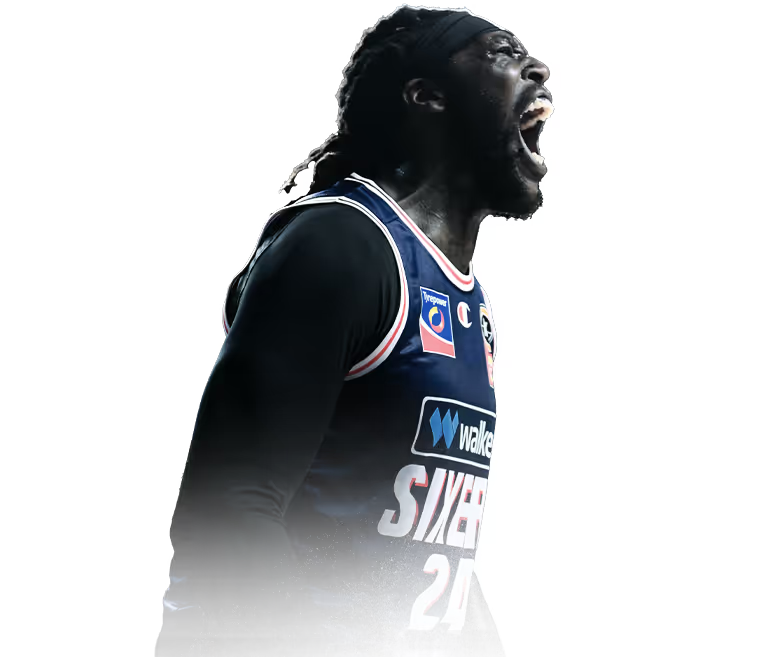

5
May
In-depth Analysis
Amazing feat in the NBA's greatest photograph


Julius Erving #6 of the Philadelphia 76ers drives to the basket in what becomes known as "The Move" against Mark Landsberger #54 and Kareem Abdul-Jabbar #33 of the Los Angeles Lakers during game 4 of the NBA Finals on May 11 of the 1980 NBA Finals at The Spectrum in Philadelphia, Pennsylvania. Photo: Jim Cummins/ NBAE/ Getty Images
Julius Erving's legacy: How "The Move" helped shape the modern NBA player
- Julius "Dr J" Erving's baseline scoop is one of the most iconic in history
- "The Move" was taken by Harlem-born photographer Jim Cummins
- Cummins is famous for his iconic music photography of Jimi Hendrix, Miles Davis and Led Zeppelin
Jim Cummins' aerial photograph of Julius 'The Doctor' Erving's reserve scoop lay-up in the 1980 NBA Finals is the most iconic in the league's near 80-year history because it perfectly captures the greatest move in the league's near 80-year history.
Cummins's photograph — 45 years ago this week — evokes memories of Neil Leifer's remarkable shot of Muhammad Ali in a neutral corner, arms raised in a V, leaving Cleveland Williams splayed out on the canvas. It's boxing's greatest photo.
Cummins, now 81, was himself in the rooftop directly above the basket, camera in hand, to capture the moment Dr J took off from the right side of the key, floated through the air, and finished with his right hand on the other side of the rim, past one of the greatest shot blockers in NBA history: Kareem Abdul-Jabbar.
What is most extraordinary about what has become to be known as "The Move" — midway through the last quarter of Game 4 of the 1980 NBA Finals — is captured exquisitely by Cummins: the ball in Erving's right hand is outside the baseline before he brings it up on to the other side of the rim.

What is also lost in the passage of time is "The Move" pushed the 76ers lead to seven — 91-84 lead with 7:35 left. Erving went on to score 10 of Philadelphia's final 16 points to tie the Finals at 2-2. It wasn't in garbage time or in the first quarter without pressure it was at the most crucial time of a most crucial game.
The Lakers eventually won the series 4-2 on the back of Magic Johnson's "Never fear, Magic is here" Game 6 MVP performance after Kareem Abdul-Jabbar badly sprained his ankle in Game 5 at the Great Western Forum. Two iconic performances in the space of three games, just days apart.
Even more remarkable, Cummins is more renowned for his music photography. From the mid-60s and through the 70s, Cummins was highly influential in music, shooting iconic album covers for more than 900 records.

His lens captured the essence of legendary artists such as Jimi Hendrix, Janis Joplin, Led Zeppelin, Aretha Franklin, Miles Davis, Ella Fitzgerald, and Louis Armstrong. His work defined an era, blending visual artistry with the spirit of music and leaving an indelible mark on the industry.
Cummins told NPR in 2014: "Talk about getting your ego stroked. You know, walk into a record store and you see a wall of like 50 to maybe 100 album covers that you shot. It's kind of mind-blowing."

Cummins left music for sports in 1977 when The New York Times photo editor Gary Hoenig hired him as a sports photographer.
"Jim came in, a very unassuming, pleasant photographer," Hoenig told NPR.
"African-American — not an easy thing to be in the '70s."
Hoenig revealed that may have helped Cummins capture the images with such emotion.
"Look, there were still athletes who were coming out of the segregated schools of the South," Hoenig said.
"There were still musicians who still couldn't play in certain clubs when they were growing up. To have somebody with them in those intimate moments who was of their culture, of their race, had to give them a comfort level that they just couldn't get with white people in those days.
"And I don't want to overstate the generic or the stereotype here, especially because Jim is such a gentleman and such a good guy. He's such a decent person."
It was a decision that led Cummins to be courtside in Philadelphia for "The Move", and the years of experience capture the essence of artistry. Only this time, it wasn't Hendrix shredding Voodoo Child; it was more Miles Davis soaring from note to note, filling the air with grace as Erving took off from one side of the basket to the other and falling to the floor after extracting every last ounce of athleticism out of those white Converse high-tops.
Magic Johnson and Michael Cooper, both on the bench at the time, had the perfect view of Erving going baseline.
"Man, he did a move, the all-time greatest move I have seen," said Johnson.
"When we cut him off the baseline, he started walking in the air, got the ball in one hand, and we said, wait a minute, he's got to come down ... it's no way he can stay in the air that long. Cooper and I said 'oooouuh' ... should we ask him to do it again?!? We've never seen anything like that before. It was crazy.
Cooper added: "Magic and I were sitting there, right on the baseline, and when Dr J left his feet, he didn't know what he was going to do."
As unassuming as always, Erving described "The Move" in the only way he could.
"I didn't realise how long I had been in the air, but I knew I didn't have any legs left, and I didn't have any hang time left, so I fell on the floor," he said.
"Just another move."
It was hardly just another move. Take a moment to watch — and then rewatch — as Erving seemingly floats for a moment from one side of the rim to the other before scooping the ball in the lay-up. Hanging in midair: it almost seems as if he is defying gravity for just a split second.
Cummins was born 1944 and demonstrated an early passion for the arts. He went to New York City's High School of Music & Art and developed his skills in drawing and painting at the Museum of Modern Art, the School of Visual Arts, and the Art Students League of New York. He served in the US Marine Corps from 1961 to 1965 as a Combat Illustrator.
Cummins became a photojournalist for Newsweek magazine in 1965 where his career extended into freelance and staff roles with the NBA, Black Enterprise Magazine, The New York Times, and Newsday while collaborating with leading record labels, including Atlantic Records, Columbia Records, Capitol Records, and Mercury Records. He has also co-authored four books exploring the intersections of sports and music.
And intersect they did capturing the artistry and athleticism of Julius Erving in the moment that has shaped the modern NBA and the moves that are now more common place but in 1980, never seen before.
"Dr. J could do things in today's game that (other) guys could not do," Magic Johnson added.
Lucky for us, the same can also be said for Cummins and his ability to capture the moments that are now part of NBA lore before the advent of digital photography.
About the Author
Peter Brown is the head coach of the Sydney Comets Women’s Youth League team in the Waratah Basketball League in NSW. He is also the assistant coach for the Comets NBL1 women’s team in the NBL East Conference. Peter is a 30-year journalist, starting as a sports reporter at the NT News in the early 1990s. He played junior basketball for the Northern Territory at national championships from U16 to U20 and for the Territory’s senior men’s team at numerous international tournaments. Peter has been a basketball fan since the early 80s, especially the NBA. Basketball is his passion — and his opinions his own. Email peter.brown@basketball.com.au with feedback. Any email feedback on articles sent to Peter can be published on basketball.com.au for others to read.
Exclusive Newsletter
Aussies in your Inbox: Don't miss a point, assist rebound or steal by Aussies competing overseas. Sign-up now!












